0
Need help?
Customer satisfaction is our priority. Whether you have questions about our sustainable containment solutions, need help with an order, or require assistance finding the right product for your needs, we’re here to help.
Customer satisfaction is our priority. Whether you have questions about our sustainable containment solutions, need help with an order, or require assistance finding the right product for your needs, we’re here to help.
Handling and transporting transformers comes with inherent risk. Whether you’re responding to a field emergency, relocating aging equipment, or decommissioning a PCB-laden unit, proper containment is non-negotiable. The right transformer containment bag does more than just enclose a piece of equipment—it helps protect workers, maintain regulatory compliance, and safeguard the environment from potentially hazardous leaks.
In this guide, we’ll explore how to choose the best containment bags for your operations, with a special focus on size selection, key safety features, and the benefits of custom solutions. Whether you’re managing transformer spill containment in the field or preparing for compliant transformer transport, this page will provide clarity and confidence in your containment strategy.
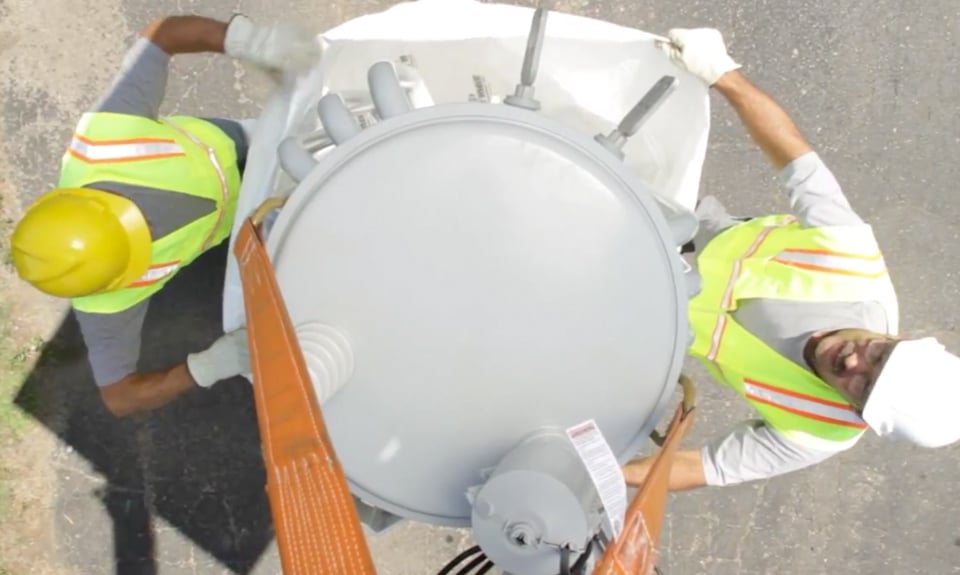
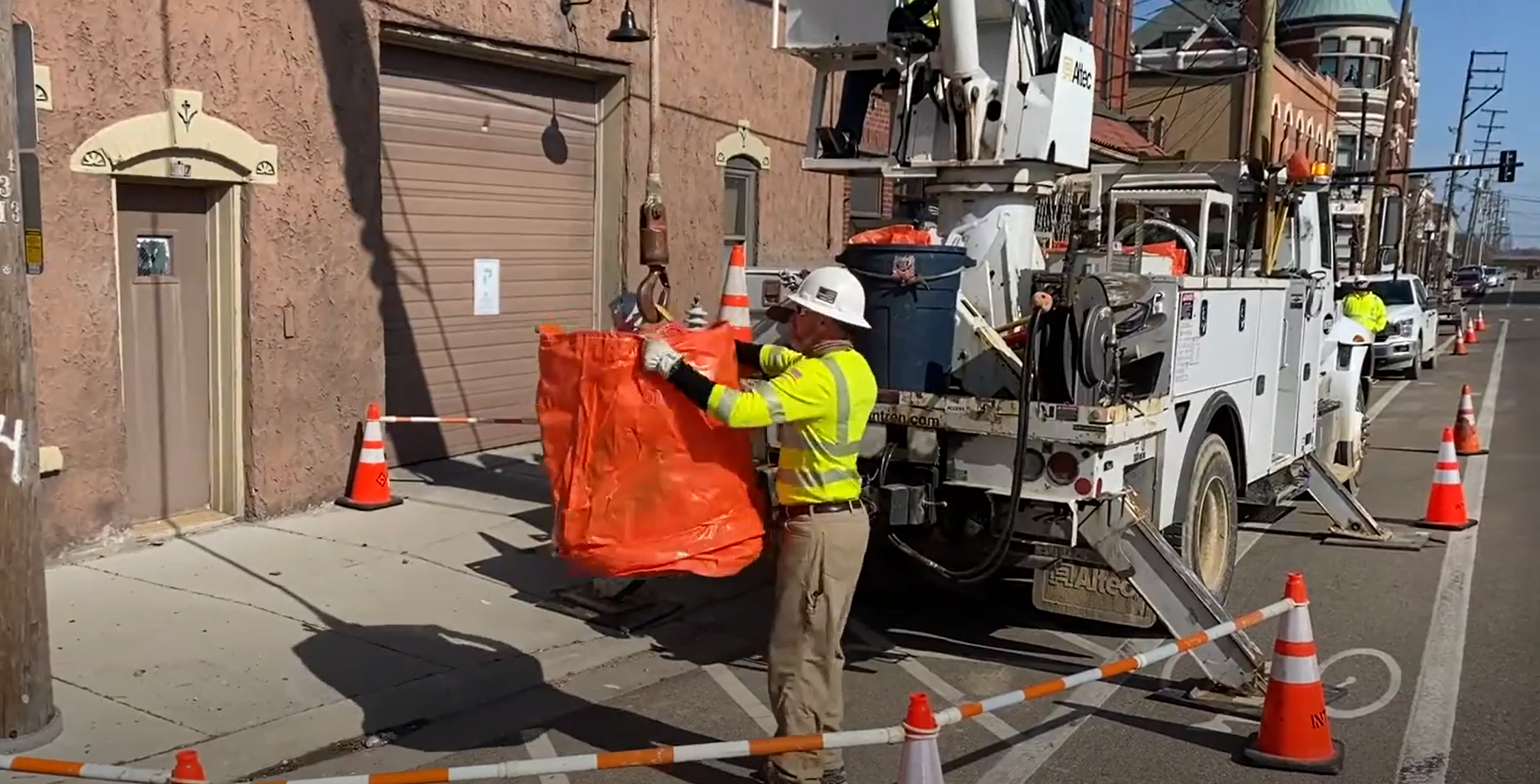
When transformers are removed, replaced, stored, or transported, there is always a risk of leaking dielectric fluid, residual oil, or even PCBs. These fluids, if not properly contained, can contaminate soil, pollute waterways, and pose health risks to workers and surrounding communities.
Transformer containment bags are engineered to mitigate those risks. Built with durable, leak-resistant materials, these bags allow for the secure handling and storage of pole-mount and pad-mount transformers—especially when the units have been compromised or are being transferred through public or environmentally sensitive areas.
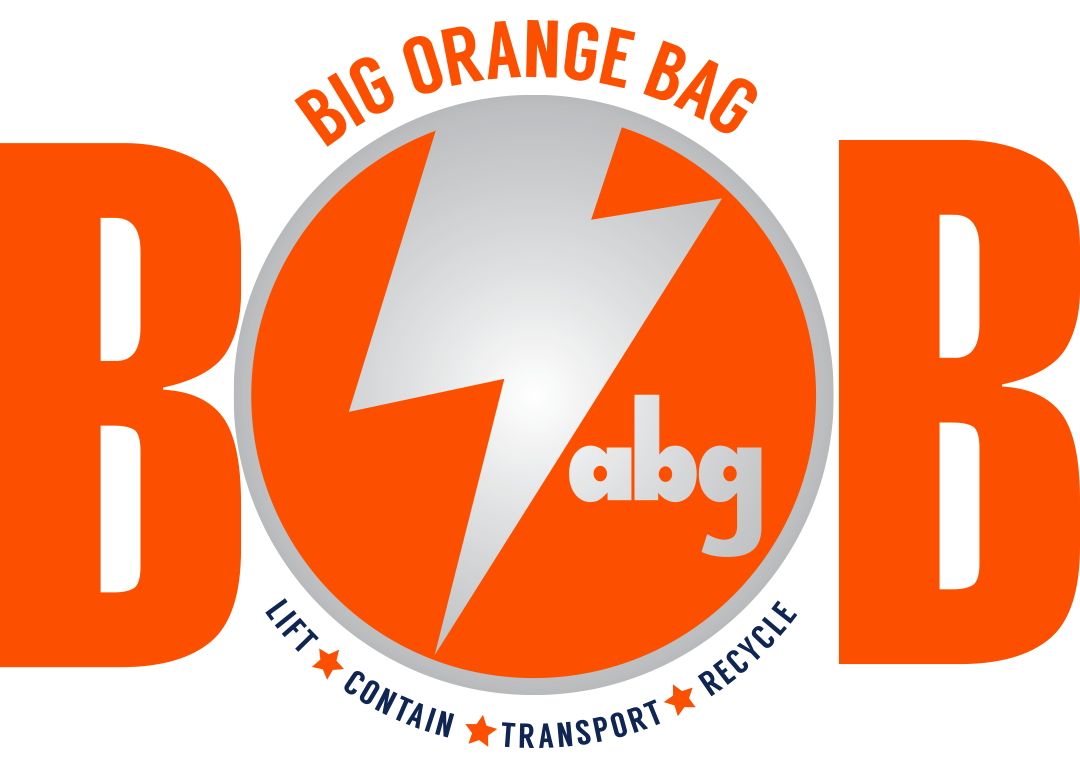
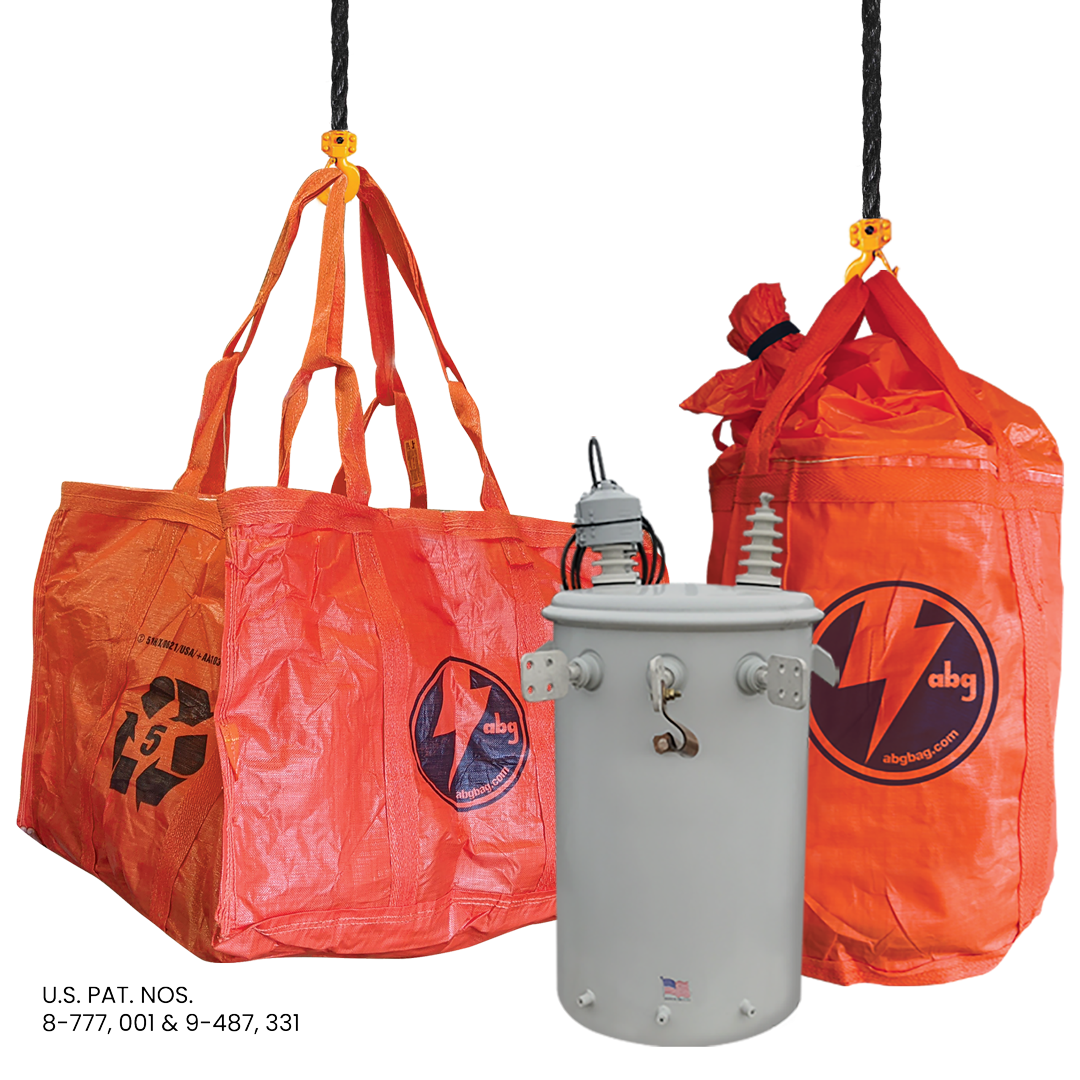
Selecting the correct size for your transformer containment bag is a crucial part of maintaining site safety, preventing spills, and meeting regulatory requirements. An improperly sized bag can compromise containment effectiveness, increase handling risks, and potentially lead to non-compliance with federal and environmental standards. Whether you’re dealing with a compact pole-mount transformer, a heavy-duty pad-mount unit, or a legacy transformer with PCB residue, accurate bag sizing ensures your equipment is properly enclosed, supported, and secured during use, storage, or transport.
Here’s a step-by-step guide to help you select the right size containment bag for your transformer.
The first step is to record the physical dimensions of your transformer. This includes:
Be sure to factor in any permanent attachments, such as lifting hooks, radiators, or grounding components, as these can affect how the transformer fits within the bag. Since most transformer containment bags are listed by their internal dimensions, you’ll want to ensure your unit fits comfortably inside, with enough clearance for closures like zippers, flaps, or hook-and-loop seals. A tight fit could cause the bag to tear under stress, while too much extra space may allow the transformer to shift during handling.
The size and shape of your transformer will vary depending on whether it’s a pole-mount, pad-mount, or PCB-containing unit. Choosing the right style of containment bag for each type helps ensure both safety and performance.
Each transformer type has specific containment needs, and matching the right bag style to the transformer helps minimize spill risk and improve efficiency in the field.
Every transformer oil containment bag is engineered with a maximum load rating, which indicates how much weight it can safely hold. These ratings are essential, especially when the transformer is being lifted by crane or moved with a forklift.
In addition to supporting the static weight of the transformer, the bag must also account for:
Always confirm the weight of your transformer and compare it to the rated load capacity of the containment bag. Using a bag below the transformer’s weight can lead to failure in the field and create serious safety hazards.
Transformer containment isn’t a one-size-fits-all solution. The way you plan to use the containment bag should guide your selection. There are three primary use cases to consider:
Storage: If the transformer will be stored for an extended period—whether awaiting disposal, decontamination, or analysis—the containment bag should offer UV resistance, reinforced seams, and sealed closures to prevent deterioration over time. This helps preserve the integrity of the containment while protecting nearby surfaces or structures from potential leaks.
Choosing the right size transformer containment bag starts with understanding your transformer’s physical dimensions, type, and intended handling method. Accurately sized and properly rated bags reduce the chances of containment failure, leakage, or on-site injury—while also streamlining your workflow and protecting your crew.
The correct bag is more than a safety product; it’s a compliance tool that supports responsible transformer transport, spill prevention, and operational confidence.
If you’re unsure which size or type of containment solution best fits your needs, contact the experts at ABG Bag Inc. for guidance and custom options tailored to your exact equipment specifications.
Not all containment bags are the same. The best containment bags are specifically engineered for oil-filled equipment, with features that account for environmental risks, heavy handling, and regulatory requirements.
Here are the top safety features to prioritize when selecting a transformer containment bag:
A high-quality transformer oil containment bag should include multi-layer construction with oil- and chemical-resistant materials. These help prevent leaks, punctures, and seepage—especially during long-distance transport or storage in the field.
Look for materials that resist:
Leaks often occur at seam lines or closure points. Choose bags with:
These features are especially useful in transformer spill containment where the unit is already compromised.
For fieldwork or transformer transport, it’s vital to have a bag that integrates safely with lifting equipment. The best containment solutions offer:
These features reduce the risk of accidents when moving transformers on trucks, cranes, or lifts.
Safety starts with fit. A loose-fitting bag increases the chance of tipping or shifting, while an overly tight bag may tear during handling. Look for multiple size options, and when needed, consider custom solutions for a more secure fit.
If your operation involves shipping transformers that may contain PCBs or other hazardous materials, your containment bags must meet Department of Transportation (DOT) requirements. That means using DOT approved containment bags that pass:
Using compliant bags also protects your business from fines, delays, and environmental violations.
Using compliant bags also protects your business from fines, delays, and environmental violations.
Yes—custom containment bags are often the most reliable choice when working with transformers that fall outside standard dimensions or when operating in unique field conditions.
Custom transformer containment bags are tailored to the exact specifications of your transformer, ensuring a snug, secure fit that reduces movement, minimizes leaks, and improves handling safety.
This is particularly helpful for:
If your team uses specific hoists, cranes, or lifting frames, a custom bag can include compatible attachment points, allowing seamless integration into your workflow. This saves time and reduces the chance of injury from makeshift lifting solutions.
A custom bag can be built with materials tailored for:
This level of customization ensures that your transformer containment solution holds up in the conditions you actually face—not just those imagined in a lab.
Custom bags can be designed with internal absorbent liners, secondary containment layers, or drain plugs to simplify cleanup and prevent leaks during emergencies.
For crews working in remote or environmentally sensitive areas, a custom containment bag adds an extra layer of confidence and compliance.
Transformer containment bags are essential tools used across utility, energy, environmental, and emergency response sectors. Designed to handle oil-filled and potentially hazardous equipment, these containment bags provide secure, compliant storage and transport for transformers of all sizes and types. They help mitigate risk, protect the environment, and ensure regulatory compliance during routine operations and emergency situations alike.
Below are some of the most common and critical applications where transformer containment plays a key role.
Storms, falling trees, and vehicular impacts often damage pole-mounted transformers, leading to ruptures or leaks of dielectric oil. In such cases, utility pole containment bags can be quickly deployed around the damaged transformer to contain spills before they reach the ground. These bags are especially valuable in residential neighborhoods or along busy roadways where environmental exposure and public safety are major concerns.
When transformers begin leaking unexpectedly—whether due to age, impact, or mechanical failure—response teams need a fast, reliable solution to contain hazardous fluids. Transformer spill containment bags can be deployed immediately to control leaks and prevent contamination of nearby soil, pavement, or drainage systems. They are essential for emergency response crews who must work quickly to mitigate environmental damage and reduce liability.
Transformers that are removed from service due to age, inefficiency, or upgrades often require temporary containment before disposal or recycling. In these cases, transformer oil containment bags provide a clean, sealed method of storing units while preventing residual fluid leakage. This protects storage yards and staging areas from becoming contaminated sites.
Older transformers may contain or be contaminated with PCBs (Polychlorinated Biphenyls), which are classified as hazardous waste. Transporting these units requires strict adherence to federal guidelines. PCB transformer containment bags, particularly those that are DOT approved, allow for the safe and legal movement of PCB-contaminated equipment to testing, disposal, or decontamination facilities.
During utility system upgrades or substation maintenance, transformers are often temporarily relocated. Using properly sized transformer transport bags ensures secure movement and safe storage while minimizing environmental risk during the transition.
From everyday handling to high-risk emergencies, choosing the right transformer containment bag makes all the difference between controlled operations and costly cleanup.
Choosing the right transformer containment bag is about more than just storage—it’s about building a safer, more compliant, and more efficient worksite. With so many variables at play—size, transport requirements, environmental conditions—a thoughtful approach to containment can prevent accidents, protect your crew, and reduce liability.
Whether you’re handling a pole-mount transformer, managing transformer transport for older units, or preparing for an emergency response, ABG Bag Inc. offers containment solutions you can trust.
Want a comprehensive overview of transformer containment solutions, transport guidelines, and best practices? Visit our Essential Guide to Transformer Containment and Transport Bags for in-depth coverage of containment materials, DOT regulations, and spill prevention strategies.
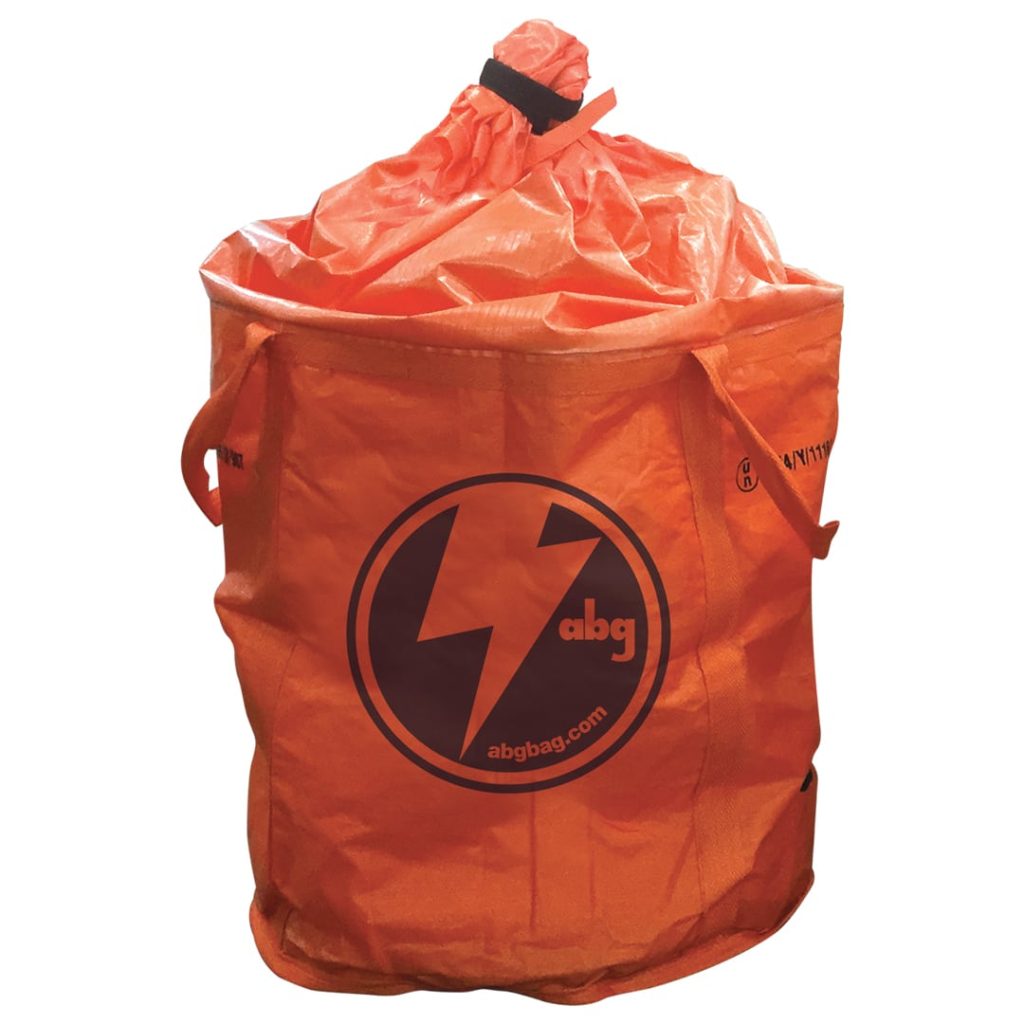
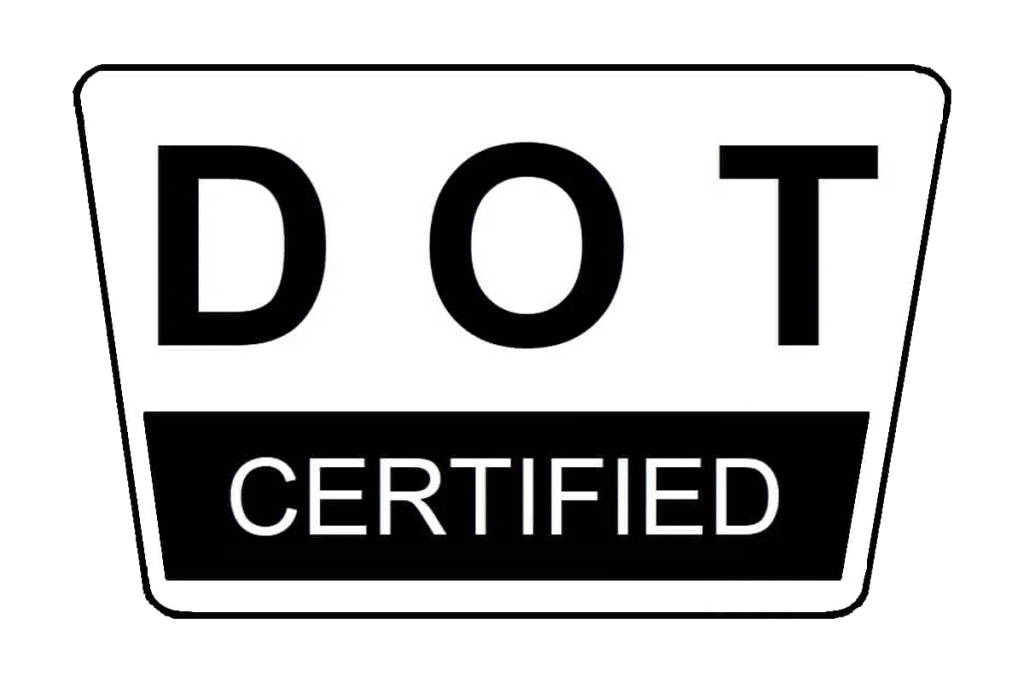
For inquiries about our products, order status, or any other information related to ABG, send us a message, and we will respond soon.
Sales & Customer Care
Product Questions
Adding {{itemName}} to cart
Added {{itemName}} to cart